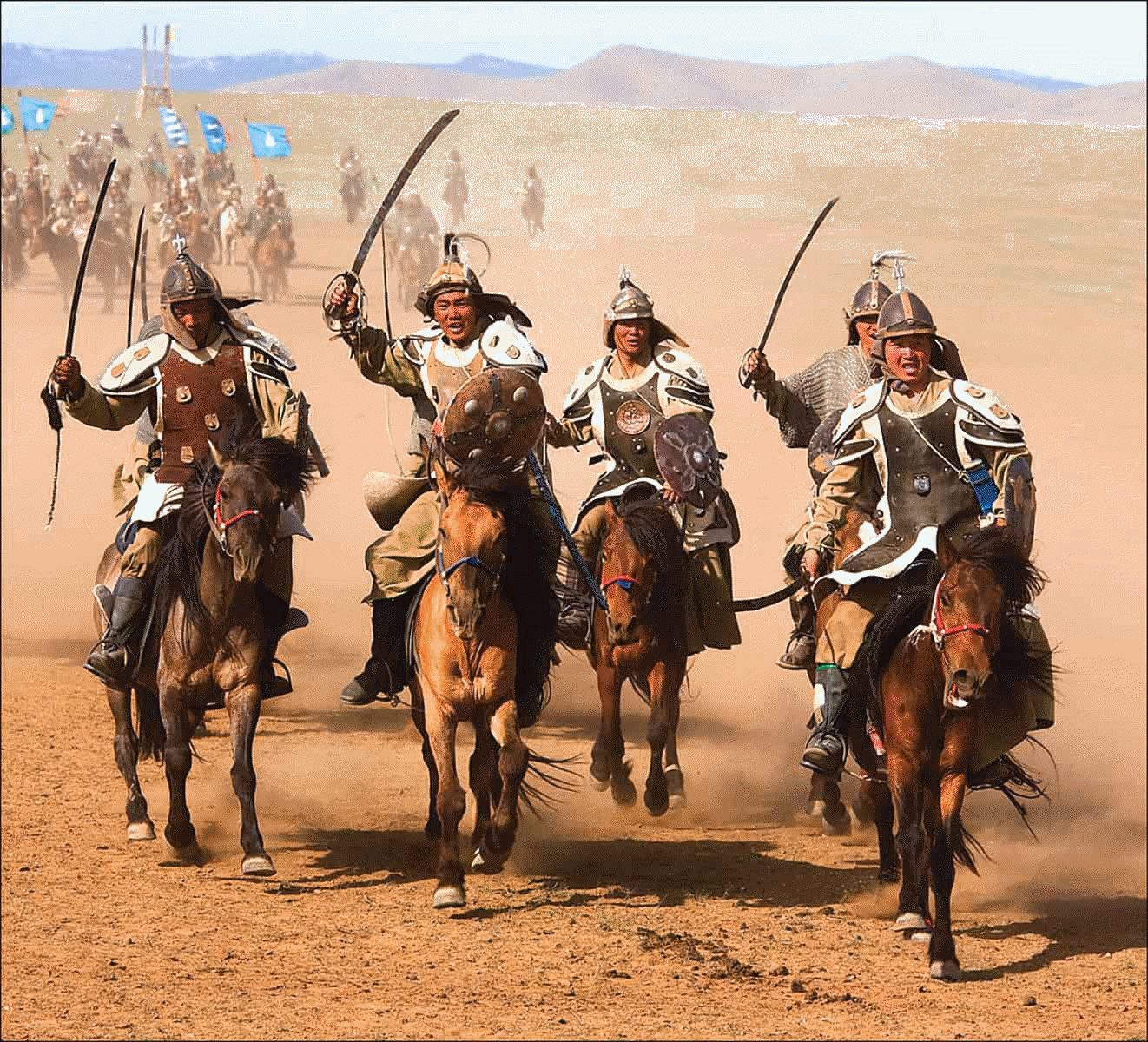Early Nomadic Societies and Empires In Central Asia
Central Asia has long been home to nomadic societies that developed distinct ways of life. Early nomadic tribes, including the Scythians, Sakas, and Xiongnu, significantly shaped the region politically and economically in the ancient world. These societies interacted with several empires, such as the Persian Empire, the Kushan Empire, and the Hellenistic successors of Alexander the Great. The tribes primarily relied on animal husbandry, with a strong focus on horses. Nomads were typically organized in tribes, and their leaders, known as Khans, were guided by mutual interests rather than formal political systems.

Nomadic cultures emerged around the 1st century BCE in Central Asia, where horses played a crucial role in mobility, trade, and warfare. The vast, fertile steppes provided abundant grazing land, making horse domestication a vital part of nomadic life.
These tribal communities developed kinship systems, formed alliances, and built a pastoral economy. With horses, they developed expertise in riding, archery, and the ability to move swiftly from one place to another.
The table below illustrates key groups present in Central Asia in ancient world:-
Key Groups and Contributions
| Key Information | Contribution | |
| Scynthians | Efficient in archery, controlled the Eurasian steppes and Black sea region. | Dominated the Eurasian Steppes and Black Sea region through trade and military dominance. |
| Sakas | Controlled the Eastern Steppes. Key player Silk Road Trade. | Played a significant role in Silk Road trade and engaged in cultural exchanges with Persian and Indian civilization. |
| Xiongnu | Important tribe in the early formation of the Mongol Empire. Contributed to the construction of the Great Wall of China. | Influenced the formation of the Mongol Empire, and their interactions contributed to the Great Wall of China. |
| Persian Empire | Controlled key trade routes, established provinces in present day Afghanistan, Bactria, and Sogdiana. | Controlled vital routes, establishing strong military outposts and exerting influence in Central Asia, contributing to regional geopolitics. |
| Alexander the Great | Conquered the Persian Empire in the 4th century BCE, bringing Hellenistic culture to the region | Introduced Greek culture, which blended with local traditions, particularly seen in Kushan art and architecture. |
| Kushan Empire | Formed by the Yuezhi nomads who migrated southward, spanning parts of Afghanistan, Pakistan, northern India, and Central Asia. | Acted as a cultural bridge, spreading Buddhism from to Central Asia and China, which promoting Silk Road trade. |
| Mongol Empire | Founded by Genghis Khan in 1206, became the largest empire in history, stretching from Asia to Europe. | Promoted trade and cultural exchange, leaving a lasting impact even after the empire broke apart. |